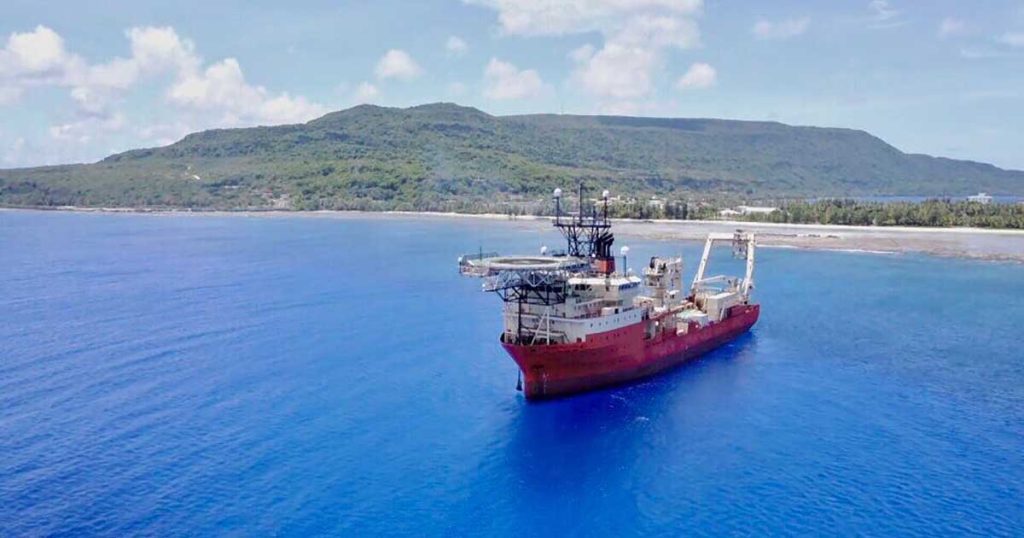Single-threaded – a term of art for submarine cables which means there is only one submarine cable serving a country or jurisdiction. In most cases, once a country obtains its first undersea fiber optic cable connection, they begin a journey that reshapes their world for years to come.
The World bank has estimated that, providing a high-speed broadband connection to a country, as in the case of fiber optic submarine cables, adds anywhere from 3-5 % to the Gross Domestic Product (GDP). Certainly, these growth estimates mean that much more economic activity is taking place in society including education, medical research, commerce and trade-related businesses. More activity means more societal dependency on information and the benefits afforded to information-rich locations.
The boost in economic activity can be both incredibly beneficial and worrisome at the same time if you are the operator of a submarine cable system landing in your country. These systems are beneficial in their transformative ability to increase education, skill development, research, commerce, and deep process learning for new ways to conduct business and government operations. But what happens when these submarine cable systems break, interrupt, or become cybercrime causalities?
In jurisdictions that are single threaded, everything information related comes to a grinding halt. The ability to draw cash from an ATM machine, make an overseas phone call or a medical diagnosis from overseas doctors, the ability to place orders for goods and services, the ability to safely land aircraft and process payroll for employees, all cease to exist.
For the undersea cable operator this is your worst nightmare and if careful preparations are not practiced, drilled, and followed, the recovery process for these events turn into a waking nightmare that must be dealt with in the middle of a barrage of complaints, threats, and throat clearing non-answers to restoration dates and times. In all cases, we can appreciate what chaos occurs when there is no alternate route, no backup, and no timetable for relief.
The impacts of outages for single-threaded jurisdictions has been felt in a few Pacific Islands, such as Tonga, in recent years. Single-threaded connections are common to the submarine cable business due to industry dynamics and costs associated with building alternate or redundant communications paths. Faced with the potential for communication instability, many of these single-connection countries are building business models to look for alternate routes to their primary submarine cable, which at the same time bring competition into the telecommunication market.
We have submarine cable systems that are being contemplated or have been built in Pacific Islands that don’t receive praise or accolades as they add a second or third undersea cable to a small jurisdiction. Some of those cables will not be built or will be underutilized and not considered viable options but, when the ATM will not dispense currency and commerce cannot occur due to an outage, being single-threaded becomes a nightmare for any operator. If you are a submarine cable operator and single-threaded, you should be immediately pushing for alternate routes of some kind: submarine cable, satellite or microwave; something to support communications until the repair vessel arrives. There were 151 undersea cable repairs in 2018. Make sure your team is prepared for the unthinkable.
